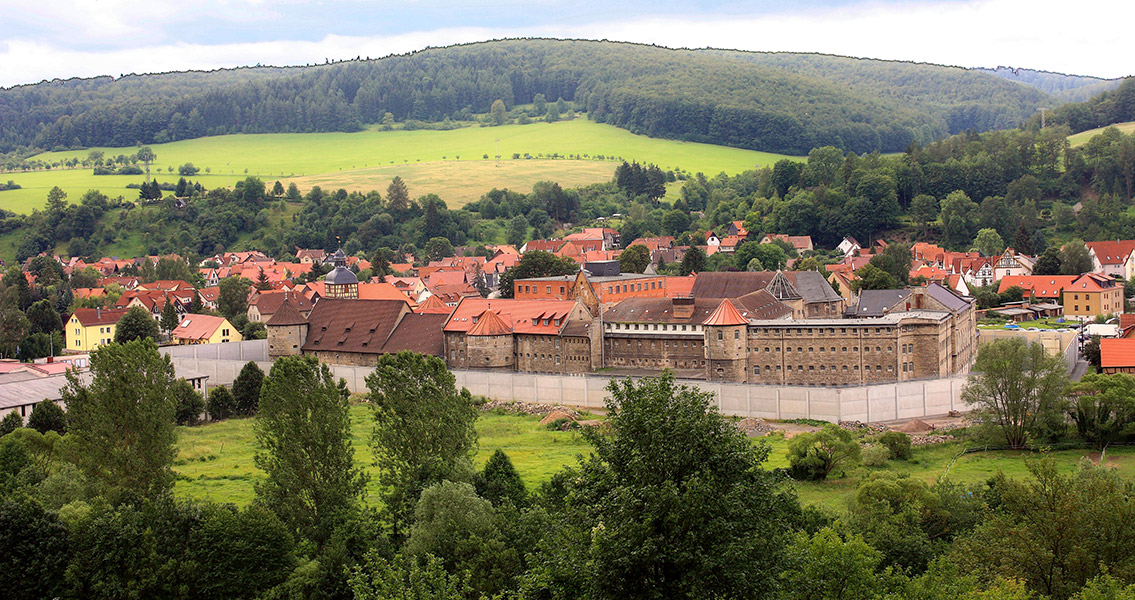<![CDATA[For the first time ever, researchers in Germany have discovered evidence of human butchery occurring over one million years ago at the well-known Early Pleistocene site located near Untermassfeld. The evidence presents itself in the form of cut marks on the animal bones as well as bones showing intentional breakage. Untermassfeld is one of very few sites in Europe offering evidence of the arrival of early humans during the Early Pleistocene epoch. This region has provided researchers with a plethora of fauna and stone tools which have been dated to 1.07 million years ago. The bones showing signs of butchery were found in the same small subsample of fauna as simple stone tools during the exploration and survey of channel erosion sediments and ancient riverbanks. The stone tools are simple “Mode 1” Oldowan-type tools. Oldowan is the oldest known type of stone tool, dating back as far as 2.5 million years, and they are considered a major milestone in the history of human evolution. These types of tools are referred to as “choppers”, typified by their stone cores and flakes removed from the surface to create a sharp edge used for chopping, cutting and scraping. The authors, Günter Landeck and Joan Garcia Garriga, state in the report that the numerous findings of butchery traces on the bones of larger herd animals, like ancient types of Bison, could suggest the early humans occupying the site experienced an increased need for meat because of changes which caused a depletion in the amount of nutritional plants during the winter. Additionally, the report notes that in order to acquire an adequate amount of meat for survival these early humans had to gain access to the carcasses before other carnivores. The stone tools they had available would have enabled this access. The Pleistocene is the geological epoch that lasted from around 2,588,000 to 11,700 years ago, encompassing Earth’s most recent period of recurring glaciations. Anatomically modern humans evolved during the Pleistocene. At the start of this epoch the Paranthropus species was still present, in addition to our early human ancestors. They disappeared however, at some point during the lower Palaeolithic. Fossil records indicate that the only hominin species found for much of the Pleistocene was Homo erectus. Acheulean stone tools (named for St. Acheul, the site in France where the first of these tools were discovered) appear at the same time. Acheulean tools constituted an out-and-out revolution in the technology of the Stone Age. According to timing techniques determined by mitochondrial DNA, modern humans began migrating from Africa following the Riss glaciation which occurred during the Middle Palaeolithic (specifically during the Eemian Stage) and continued to spread across a world newly ice-free in the late Pleistocene. An earlier study theorizes the humans taking part in this migration reproduced with archaic humans who were already located outside of Africa, thus by the late Pleistocene introducing archaic genetic material into the gene pool of modern humans. Image courtesy of Wikimedia Commons user Winfried Gaenssler ]]>
Humans as Meat-Eaters – a Million Year History
